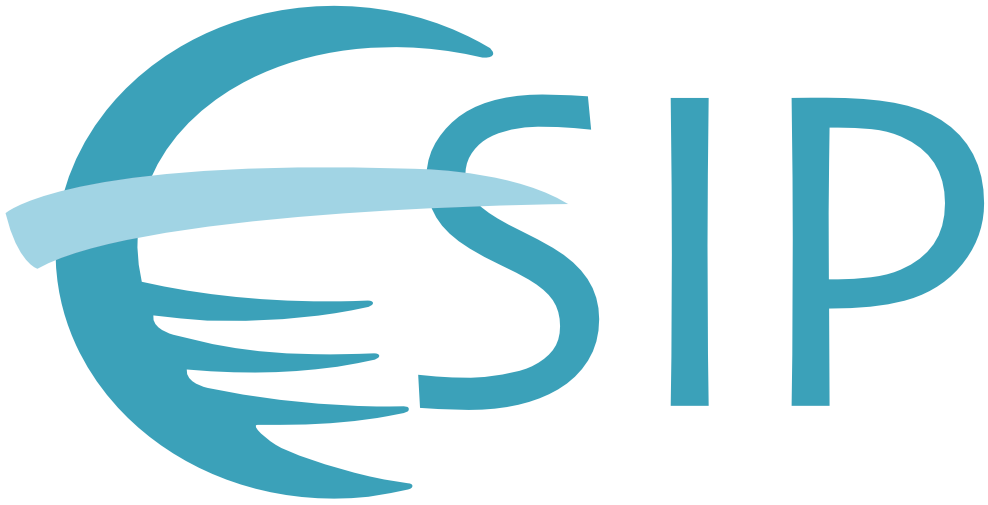Early bird rates are available for registration to the 2026 January ESIP Meeting. Register.
Cluster Summary
This is a forum for the community supporting physical samples in the earth, space, and environmental sciences, broadly defined. We are interested in topics that promote curation, discovery, and use of sample collections and associated metadata. We value access to and preservation of samples and sample data.
Practices integrating physical sample data management, including the creation and management of metadata about samples and data generated on samples, vary widely and are often less developed and deployed with respect to other elements of research data management. This cluster provides a space to document, compare, and refine existing practices; recommendations for all stakeholders in the sample data ecosystem that can support sample preservation and, discovery; and demonstrate the impact of samples and sample curation over time.
Resources & Activities
4 Steps to Publish Open Earth Science Samples
Our cluster prepared this short flyer for distribution at the 2023 American Geophysical Union annual meeting in San Francisco.
4 Steps to Publish Open Earth Science Samples. ESIP. Online resource. https://doi.org/10.6084/m9.figshare.24291148
Also see: ESIP’s Physical Sample Cluster’s Journal Guidance for Physical Samples and Associated Data (draft document. See meeting notes for background and related resources)
About the Physical Sample Curation Cluster
Scope of community:
- Professionals (e.g. Curators, Collection Managers, and Registrars) who manage samples and data in institutions like museums or sample repositories
- Cyberinfrastructure Providers and Software Developers who support tools and services for physical samples
- Users and Researchers who work with physical samples and related data products.
Our goals include:
- Provide a forum for international, interdisciplinary connection and information-sharing across related community groups such as TDWG, DiSSCo, GBIF, RDA, SPNHC, ICOM, and the IGSN e.V.
- Undertake community-synthesis efforts on an ongoing and as-needed basis. Efforts may include reviews of existing tools and services from the community, gap analysis, and creation of recommendations for stakeholders supporting physical sample metadata and data infrastructure, for example.
Description
There are many commonalities across sample repositories and scientific domains that involve samples or specimens. Focusing on similarities and common concerns will help create a strong foundation to support sample curation and preservation, discovery, data integration, and reuse.
Documenting and comparing existing practices can lead to more effective recommendations that benefit sample preservation, scientific productivity, and the impact of samples and associated metadata over time.
This community will discuss effective tools and functions that address the vision and needs related to physical samples.
We seek to understand the complex and evolving definition of samples to represent a larger variety of earth science (terrestrial, marine, lacustrine, etc), biological, and related samples.
Topics of interest to this group include:
- Literature review/previous efforts: gather tools and documents to consider and consolidate. What has been a success? What lost momentum? Why? What recommendations can we make, moving forward (what tools are worth adopting, what initiatives need work/funding?) May require coordination with other existing efforts.
- Metadata interoperability: discussions on metadata profiles for samples across disciplines, shared vocabulary terms, and mechanisms for supporting improved search and discovery of samples and integrating related sample data.
- Resources and infrastructure: How are we storing physical samples and related metadata, and funding modern curation activities? What work is involved? These questions reach across sample communities. We need to promote the importance of curation activities, and build infrastructure (both physical storage facilities and cyberinfrastructure) that helps incentivize good physical sample and data curation practices.
- Identifiers for effective linking and citation: document recommendations for identifier practices that enable linking related samples, analytical results and publications, and citations that support sample usage metrics and demonstrate impact. May require coordination with other existing efforts.

